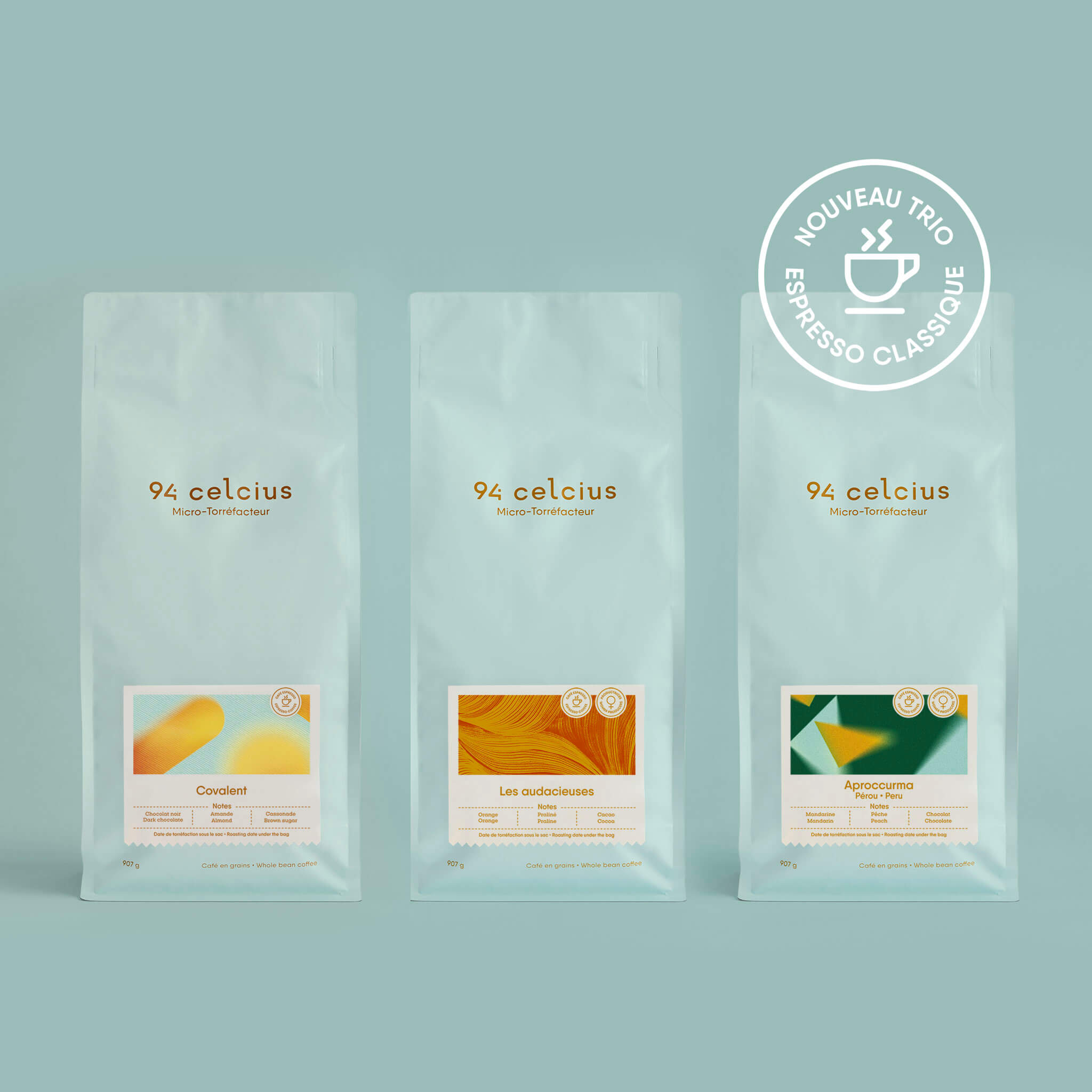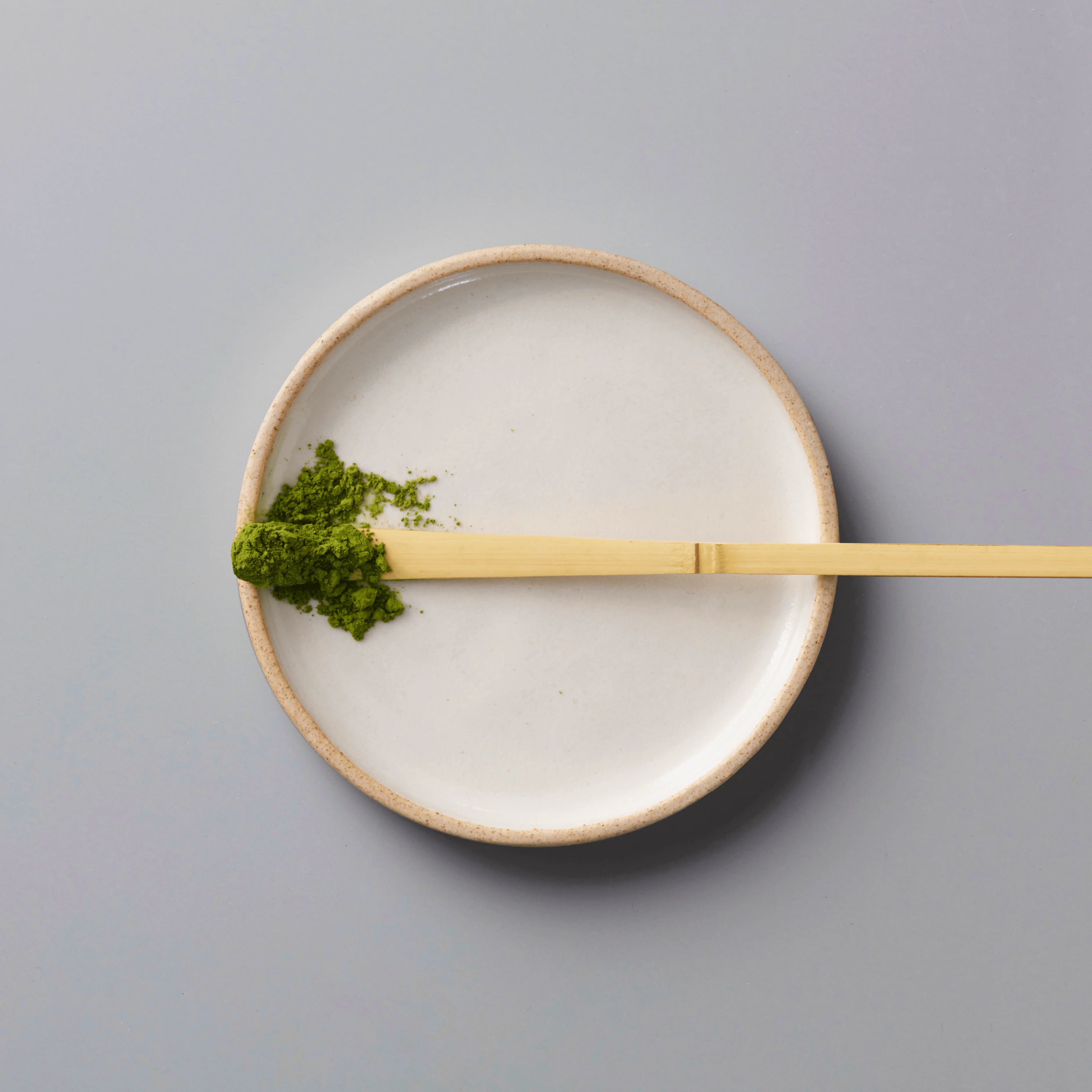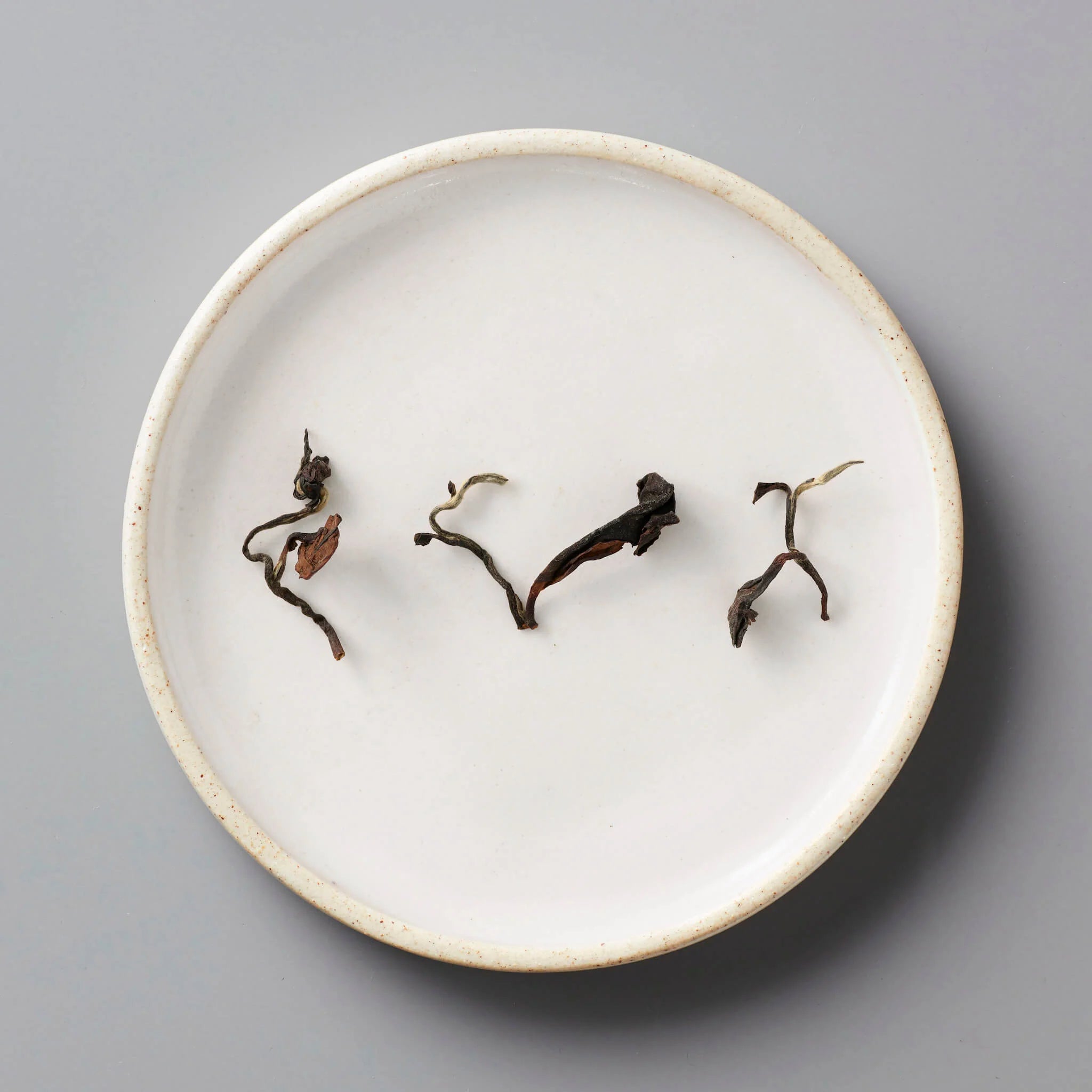Conclusion
Pulping processes are a crucial step in obtaining quality green coffee beans. The processes seen today are the basis of all traditional or experimental treatments developed on farms and in washing stations.
For example in Kenya: once perfectly cleaned, the beans can have a 2nd bath of clear water. This bath is a practical step: in high season, the washing stations receive so many cherries that they don't have enough room on the drying beds to spread out the whole crop. So the beans have to wait their turn in a cool, insect-free place. So they wait in water. This method is also known as double washing.
Or in Guatemala, where many farmers use pre-fermentation: once sorted, the cherries wait 24 hours whole at room temperature. The cherry then goes through its normal pulping process (wet or dry).
Until a few years ago, these treatments were traditional to certain countries, making it easy to identify origins when cupping (a very fruity coffee generally came from Kenya, a tart and floral one from Ethiopia, a more chocolaty one from Brazil). For some years now, producers have been experimenting with fermentation, mainly to bring novelty to the market and increase the quality of their coffees (and therefore their revenues). They are adding fermentation steps, adding yeast or other fruits to their fermentation tanks, playing with times and temperatures. These new methods are exciting and intriguing, but they also shuffle the deck: a very fruity coffee can be Colombian. Transparency is all the more important now that new methods are emerging.
In the following articles, we'll look at fermentation, its various uses and its impact on the coffee bean and the quality of the final cup.
Thanks to Sebastian Ramirez, Carolina Ramirez (Unblended), Coffee Quest and David Batres for the photos.












